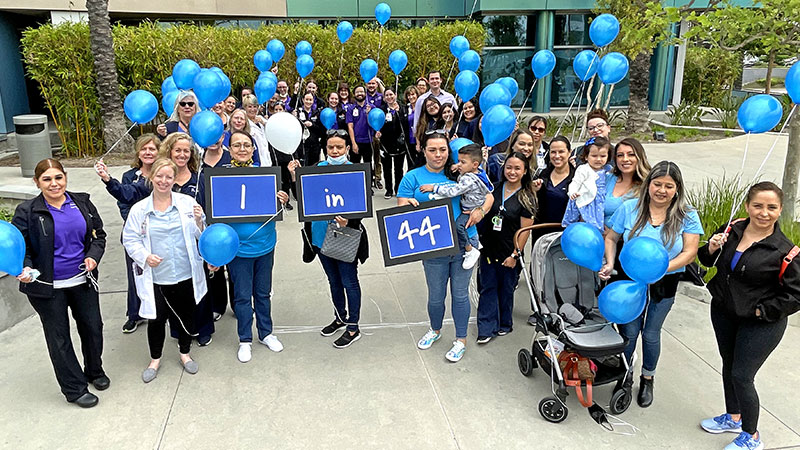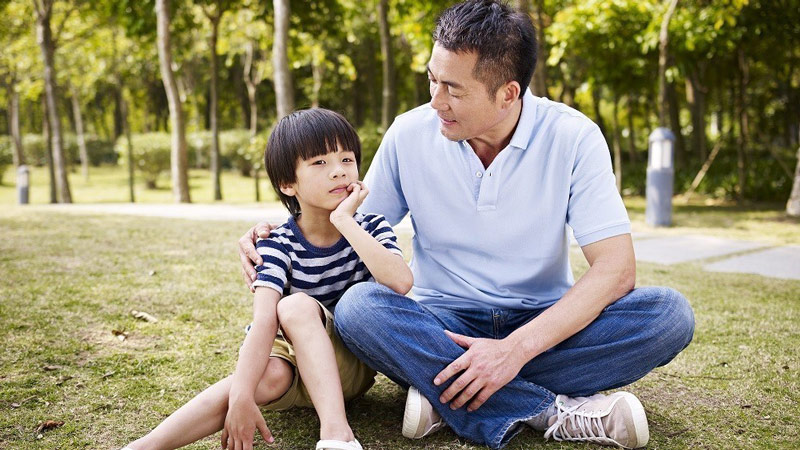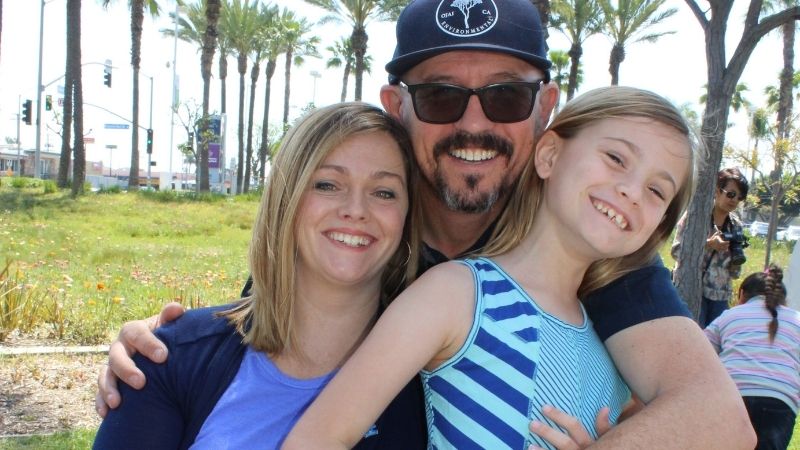What is Autism?
Autism is a pervasive development disorder, which means children will have delays in the development of many basic skills. Autism is diagnosed within the first 3 years of your child’s life. Children with autism lack the ability to socialize or form relationships. They also lack the ability to communicate and to use imagination. Overall, autistic children have problems understanding the world around them. Approximately 75% of children diagnosed with autism also have some degree of mental retardation. Autism is more common in boys than in girls but does not have any racial or ethnic correlations. There is no cure for autism and no way to prevent autism.
What are the causes?
- The cause is unknown but possible factors contributing to autism are genetics, infections and problems at birth.
- To date, there is no evidence that the MMR vaccine causes autism.
What are the risk factors?
- Mother who is over 35 years old. The older the mother is, the higher her baby’s risk of Down syndrome.
- Father who is over 40 years old
- Brother or sister with Down syndrome
What can I do?
- Use structure and routine in the home
- Seek special education and/or behavioral, speech or physical therapy for your child
- Understand that your child does not see the world as you do
It is important to remember the health information found on this Web site is for reference only not intended to replace the advice and guidance of your health care provider. Always seek the advice of your physician with any questions you may have regarding a medical condition. If you think you may have a true medical emergency, call 911 immediately.
Symptoms
- Difficulty with verbal communication, including problems using and understanding language
- Inability to participate in a conversation, even when the child has the ability to speak
- Difficulty with non-verbal communication, such as gestures and facial expressions
- Difficulty with social interaction, including relating to people and to his or her surroundings
- Inability to make friends and preferring to play alone
- Unusual ways of playing with toys and other objects (such as only lining them up a certain way)
- Lack of imagination
- Difficulty adjusting to changes in routine or familiar surroundings, or an unreasonable insistence on following routines in detail
- Repetitive body movements or patterns of behavior (such as hand flapping, spinning and head banging)
- Preoccupation with unusual objects or parts of objects
Additional symptoms include:
- Your child does not “babble” or “coo” by 1 year
- Your child does not gesture (point or wave) by 1 year
- Your child does not say single words by 16 months
- Your child does not say two-word phrases on his or her own (not repeating what someone else says) by 2 years
- Your child has lost any language or social skills (at any time)



